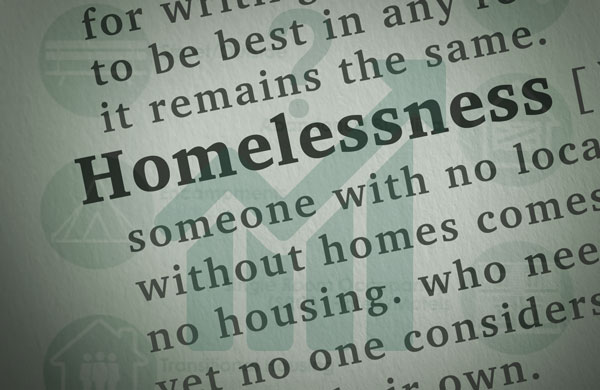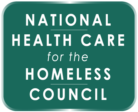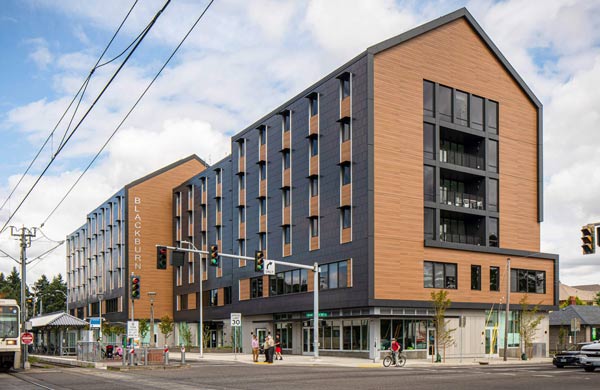Primary audience: Health center staff


Definitions
The differences in the definitions of homelessness and the varying ways we measure it can complicate health centers’ data-gathering in their service areas. (See the NHCHC’s new infographic on the definitions of homelessness).
For example, John Doe Community Health Center (JDCHC) is a health center with Health Care for the Homeless (HCH) funding in addition to the general population (CHC/330e) designation.
They cover eight counties that include both urban and rural settings, many of which are served by the HCH mobile van. They know anecdotally that homelessness is growing in these communities and that they are not serving every shelter, encampment, or other locations where people experiencing homelessness spend the night.
But because the HRSA definition of homelessness is broader than HUD’s, and the Uniform Data System (UDS) reports anyone who was identified as homeless during the year compared to the Point in Time (PIT) count that reports a single measurement in January, JDCHC’s report of people experiencing homelessness always exceeds the PIT.


Justifying Expansion
So how then do they justify service expansion to their Board, funders, or other stakeholders when it appears they are already going above and beyond?
First, we must acknowledge the limitations of the Point in Time Count. As explained by the National Homelessness Law Center, that so many resources and the public narrative on the prevalence of homelessness hinge upon a volunteer-dependent, highly varying survey on a few hours of a single wintry night has drastic consequences.
While helpful for year-to-year comparisons and the information about clients it gathers, we cannot assess the extent of housing insecurity solely on the PIT count.
But health center operations should rely on the HRSA definition of homelessness regardless, including arrangements like “doubling up” or exiting incarceration (with nowhere to go) that are not “literally homeless” to HUD. In order to capture the most accurate measurement possible, health centers must interrogate multiple data sources.
Consider obtaining a count of “HRSA homelessness” an expectation of the needs assessment process that HRSA requires of all health centers. So where do we look?
Some health center leaders shared these tips:
- Your local Continuum of Care lead should have data on those who have interacted with the system who may not qualify as “literally homeless” (such as those served by Rapid Rehousing programs, those imminently homeless) and who may have been left out of the January PIT count. Do a careful analysis of the HMIS data for those who qualify as homeless under the HRSA definition.
- The McKinney-Vento Act requires school systems to screen for homelessness and provide resources for students living in housing insecurity. The Education Department’s definition of homelessness is also broader than HUD’s. Work with your McKinney-Vento liaison to access these data.
- Hospital systems may screen for homelessness and use the corresponding Z codes. If they don’t, you may advocate that they start.
- The coroner’s office may identify those who died while living unhoused. Again, if they don’t, here is information on how they may start.
- Engage faith-based or other service nonprofits who may not report to HMIS or be involved in the Continuum of Care. Rescue Missions, for example, are often communities’ first point of contact for people living in homelessness, but they may not be reporting to HMIS.
- Consider whether the corrections department keeps data on both those entering jails and prisons who were experiencing homelessness and those who may lack stable housing options upon release.
- Engage community-based organizations and grassroots advocates who work with people living in poverty – living in poverty, many of whom live in unstable housing arrangements that fit the HRSA definition.
- Especially since the pandemic, public health departments should have data on those they served with protective shelter or quarantine facilities or may otherwise have data on people experiencing homelessness.
- Consider whether the social services system tracks housing status for those aging out of foster care.



